Use understanding of factors to identify composite and prime numbers with this worksheet.
Prime and Composite Numbers Worksheet
How well can your students identify prime and composite numbers? Do they need some additional practice determining if a number has 3 or more factors? Teach Starter has created a worksheet that your students can complete to strengthen their understanding of this skill.
With this worksheet, students will determine if a given number is prime or composite and use written expression skills to explain why a particular number is prime, composite, or neither.
An answer key is included with your download to make marking fast and easy!
Tips for Differentiation + Scaffolding
In addition to independent student work time, use this worksheet as an activity for:
- guided maths groups
- lesson wrap-up
- fast finishers
- homework assignment
- whole-class review (via smartboard).
If there are students who need a bit of a challenge, encourage them to play a game together. Have a 100s board and counters. Set a timer for 1 minute, then have students place counters on all of the prime numbers they can in that time.
For students who need additional assistance with the content, provide them with a multiplication chart to help them determine if a number is prime or composite. Additionally, students can review prime and composite numbers with one of Teach Starter’s prime and composite posters.
🖨️ Easily Download & Print
Use the dropdown icon on the Download button to choose between the PDF or editable PowerPoint or Google Slides version of this resource.
To save paper, we suggest printing this 2-page worksheet double-sided.
This resource was created by Cassandra Friesen, a Teach Starter Collaborator.
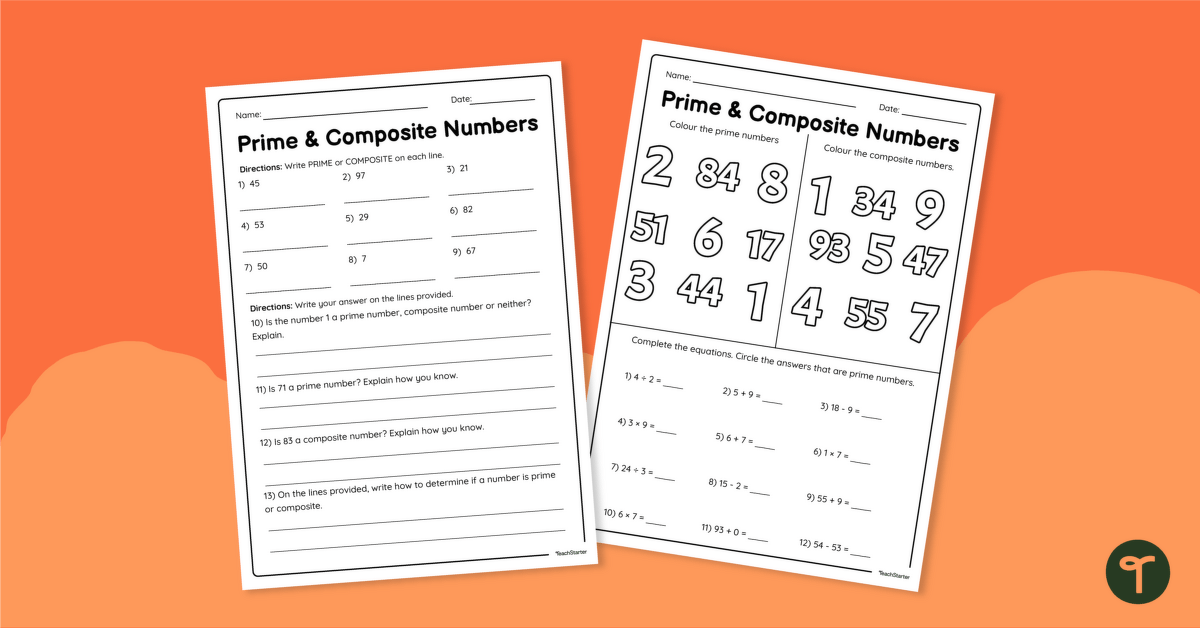

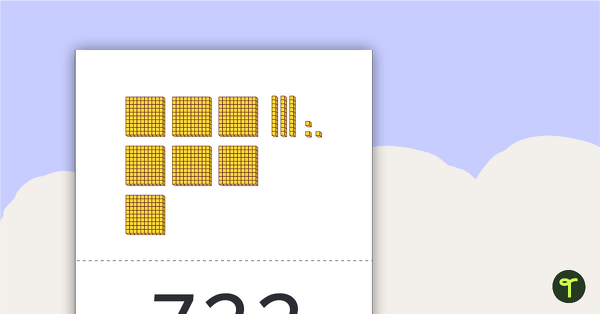

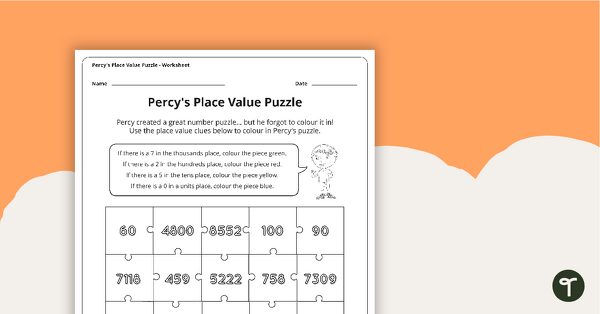
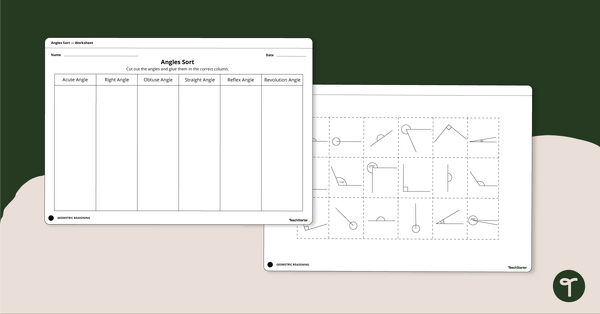


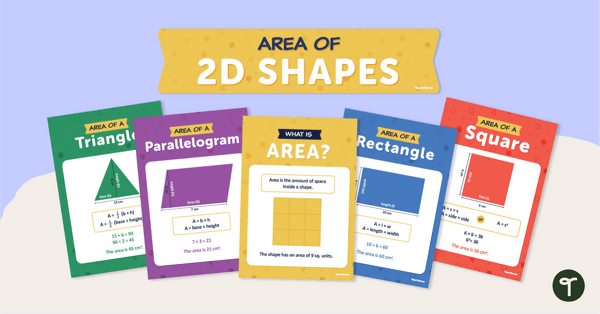
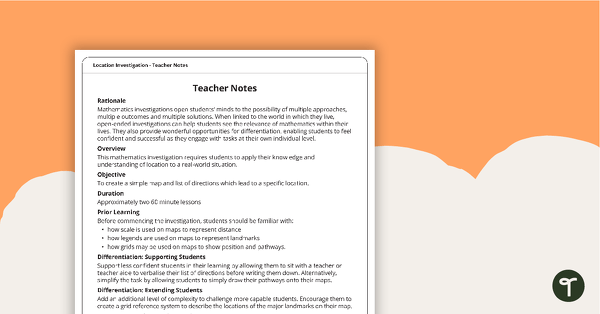
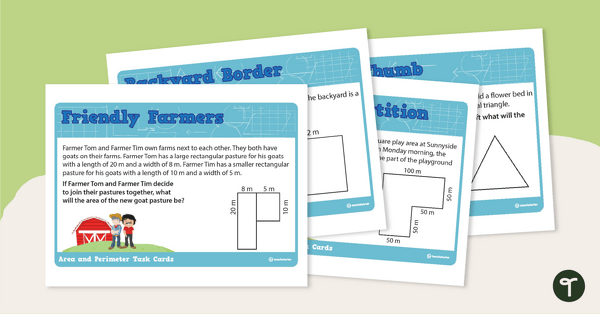
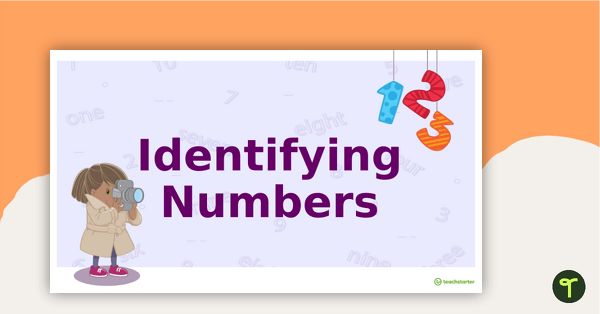
0 Comments
Write a review to help other teachers and parents like yourself. If you'd like to request a change to this resource, or report an error, select the corresponding tab above.